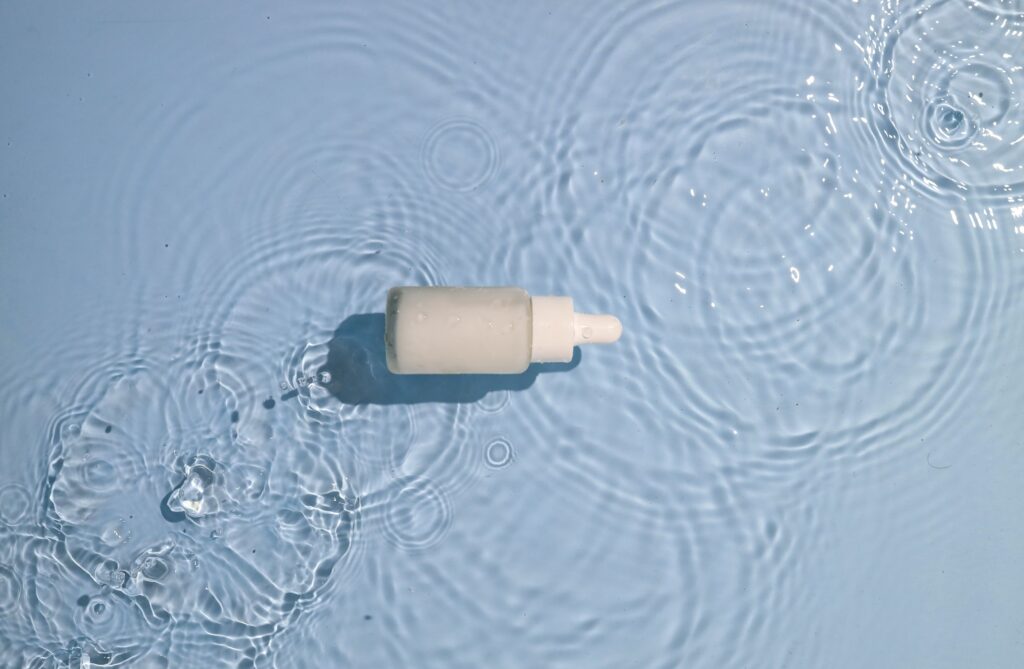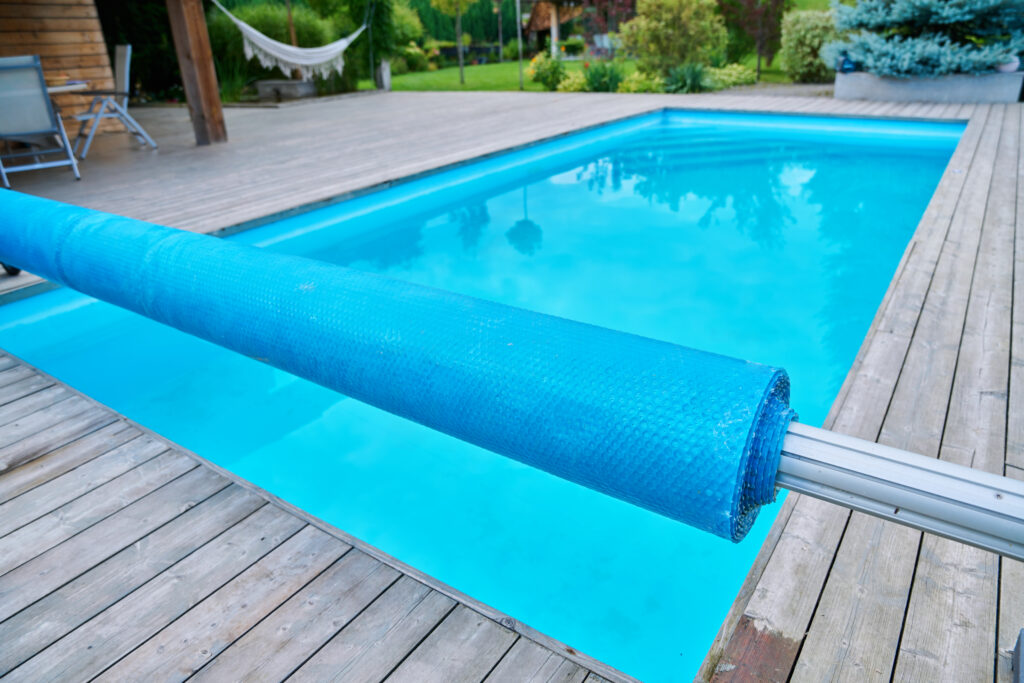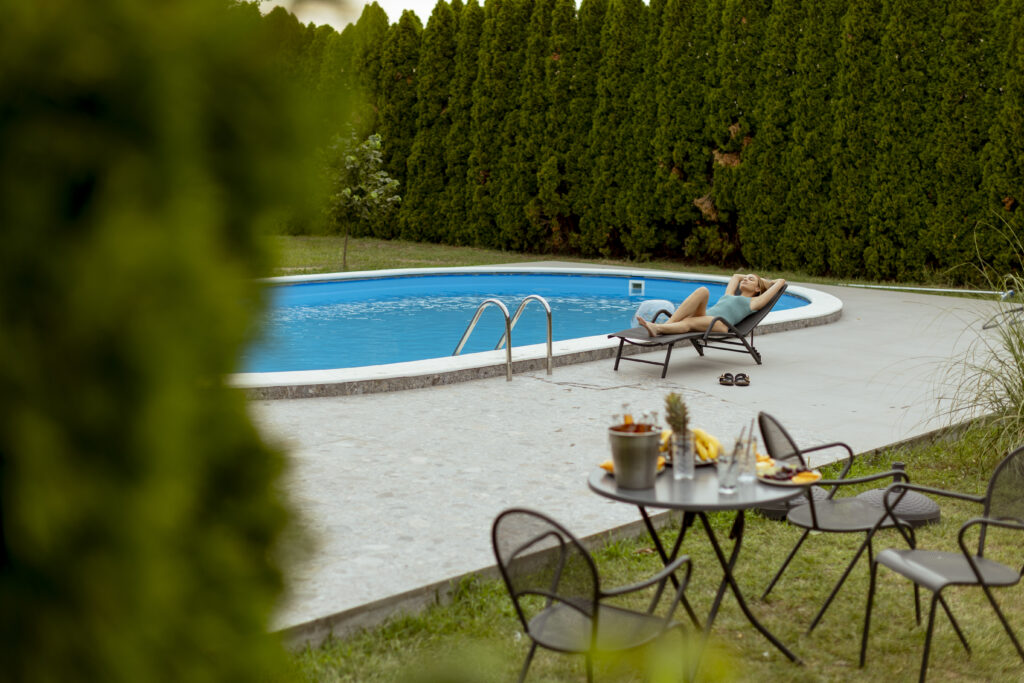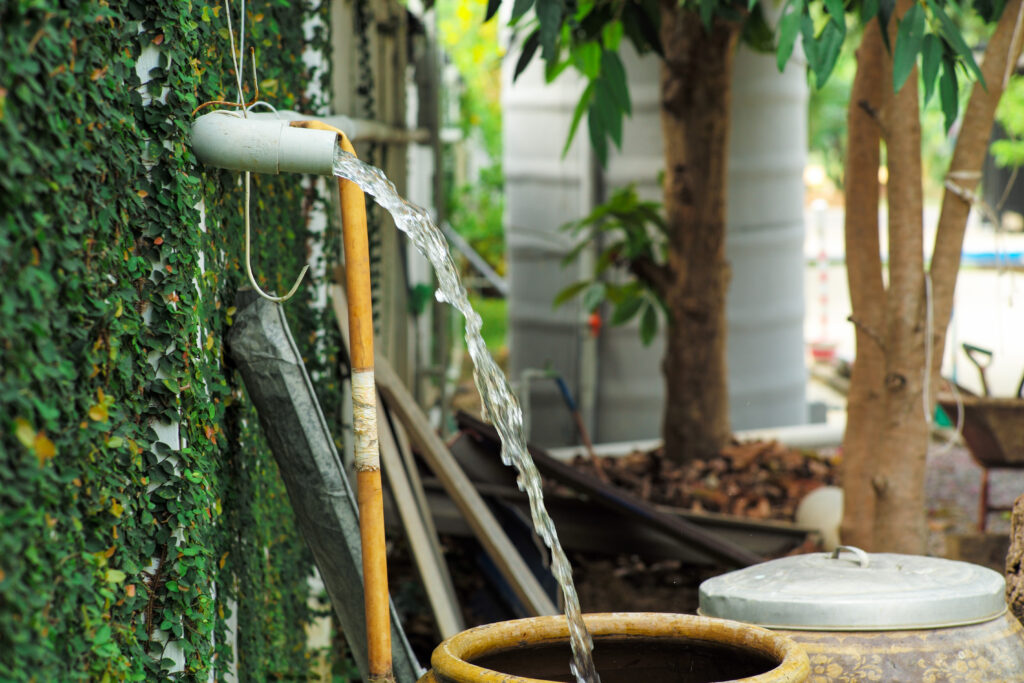As the desire for eco-friendly living continues to grow, many homeowners are looking for ways to reduce their environmental impact—including in pool construction. Traditional pools can be energy-intensive and require large amounts of water and chemicals to maintain. However, there are several sustainable options that can make your dream pool more environmentally friendly. In this blog, we’ll explore the best green solutions for eco-friendly pool construction and how you can reduce your pool’s carbon footprint.
1. Use Energy-Efficient Pool Pumps and Heaters
Traditional pool pumps and heaters can be huge energy consumers, driving up your electricity bills and increasing your carbon footprint. Opting for energy-efficient equipment is one of the easiest ways to make your pool more eco-friendly. Variable-speed pumps, for example, use less energy by adjusting their speed to match the pool’s needs. Solar heaters also provide a sustainable way to keep your pool warm without consuming large amounts of electricity or gas.
How to implement it:
Install an ENERGY STAR-rated variable-speed pool pump, which can use up to 70% less energy compared to single-speed models. Pair your pump with a solar-powered heating system or heat pump to cut down on energy use.
2. Incorporate a Saltwater Chlorination System

Traditional chlorine pools require constant chemical treatments to keep the water clean, which can be harmful to both the environment and your skin. Saltwater chlorination is a greener alternative that reduces the need for harsh chemicals. A saltwater system generates chlorine naturally through a process called electrolysis, making it less harmful and more sustainable in the long run.
How to implement it:
Upgrade to a saltwater pool by installing a salt chlorination system, which is not only better for the environment but also provides a more comfortable swimming experience with fewer chemicals.
3. Opt for Eco-Friendly Pool Materials
The materials you choose for your pool construction play a big role in its environmental impact. Many conventional pool materials, like certain plastics and finishes, are not sustainable and can have harmful effects on the environment. Look for eco-friendly materials such as recycled or locally sourced tiles, natural stone, or concrete alternatives that are more sustainable.
How to implement it:
Use recycled glass tiles for the pool’s interior or surround, and opt for natural stone or sustainable decking materials like composite wood or bamboo, which are more durable and eco-friendly than traditional materials.
4. Install a Pool Cover to Conserve Water

One of the biggest environmental concerns with pools is water waste due to evaporation. Pool covers are an easy and effective way to reduce water loss, conserve resources, and save money on refilling your pool. They can also help keep debris out, reducing the amount of chemicals needed for cleaning.
How to implement it:
Install a high-quality, UV-resistant pool cover. Consider automatic pool covers for added convenience, or solar pool covers that use the sun’s energy to heat the pool while preventing evaporation.
5. Design with Natural Landscaping

Instead of surrounding your pool with traditional hardscaping, consider integrating natural landscaping elements to improve sustainability. Plants native to your region require less water and maintenance and can provide shade and natural filtration for your pool area. You can even design a natural pool with a plant-based filtration system, eliminating the need for chemical treatment altogether.
How to implement it:
Choose drought-resistant plants or native species that thrive in your local climate. Incorporate natural elements such as gravel, pebbles, or sand to create a harmonious and eco-friendly pool landscape.
6. Capture and Reuse Rainwater

Water conservation is essential in eco-friendly pool construction, and one way to achieve this is by installing rainwater harvesting systems. These systems capture rainwater, which can then be filtered and used to top off your pool or for other backyard needs, reducing your reliance on municipal water.
How to implement it:
Install rain barrels or an underground cistern system to collect and filter rainwater. Ensure the system is connected to your pool’s water supply to reuse rainwater when needed.
Building an eco-friendly pool not only benefits the environment but also helps you save on energy, water, and maintenance costs over time. By choosing sustainable materials, energy-efficient equipment, and water-saving technologies, you can enjoy a luxurious backyard oasis with a smaller carbon footprint.
If you’re ready to make your pool construction project greener, reach out to our team of experts for advice on sustainable solutions and eco-friendly designs.
#EcoFriendlyPools #GreenPoolConstruction #SustainablePools #SolarPoolHeating #WaterConservation #pool #pools #poolconstruction #ecofriendly #Friscopool


